Building an Image Archive in 2025
In a sea of sameness, the best references are the ones that ask questions, hold tension, and outlast the algorithm.
In the age of infinite scroll, the concept of the image archive has shifted. What once referred to personal folders, institutional libraries, and hard drives of rare scans has now become a broader cultural dilemma. Everyone is archiving, but fewer people are curating with purpose.
Search functions are getting sharper. AI can now surface references with eerie accuracy. Pinterest boards auto-populate. Visual search has collapsed the barrier between remembering and retrieving. Yet the experience of building a truly meaningful archive, which is one that sharpens your eye and deepens your authorship, has never felt more fractured.
The question is to recognise what’s worth saving.
In this newsletter I am breaking down my approach and the reason why I am turning away from building an image library online. How I will turn to slower ways of working with more intention and where to find unique images no one has seen before.
Welcome to my world (forever in progress) of offline referencing and my personal image library approach.
Only 4 days left to join the Strategic Art Direction Course this year!
In this course I am holding nothing back about the industry, I’m sharing all my stories, insights and ways of working from 7+ years of experience across global brands, luxury and agencies. This is for those who want to sharpen their art direction skills on an industry level, know exactly how to carve your path and attract the dream brands you want to work for and build a voice for yourself meaningfully and visually that makes you stand out in a saturated market. Almost 50 lessons across 8 weeks, chance to ask specific questions and lifetime access. I’ve poured my heart into this course for over a year <3
Only 9 spots remaining…
The Fragmented Archive
Most creatives today have some version of an image archive. It might live on Instagram saves, in a private Are.na channel, inside folders titled “inspo,” or scattered across PDFs and Keynotes. But these collections are increasingly shaped by algorithmic bias. What shows up is what’s trending, already circulating, already blessed by the feed.
This has created what researcher Kate Crawford calls “aesthetic flattening”. it’s the visual equivalent of everyone drawing from the same water. As a result, archives are no longer idiosyncratic. They’re optimised. Clean. Repetitive. Predictable.
To build a more interesting archive in 2025, the act has to become more intentional. You have to look away from the feed.
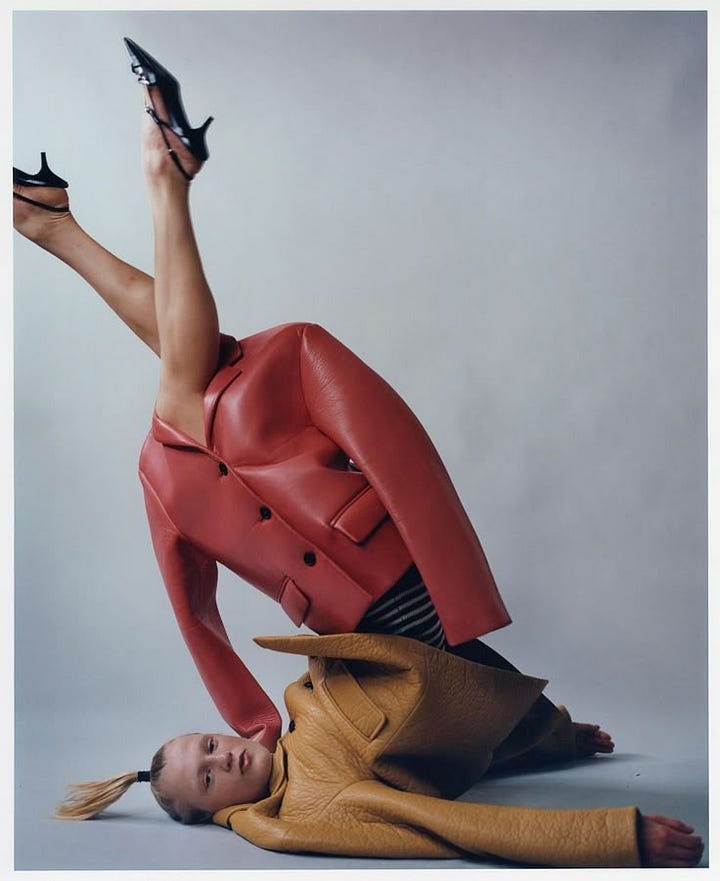
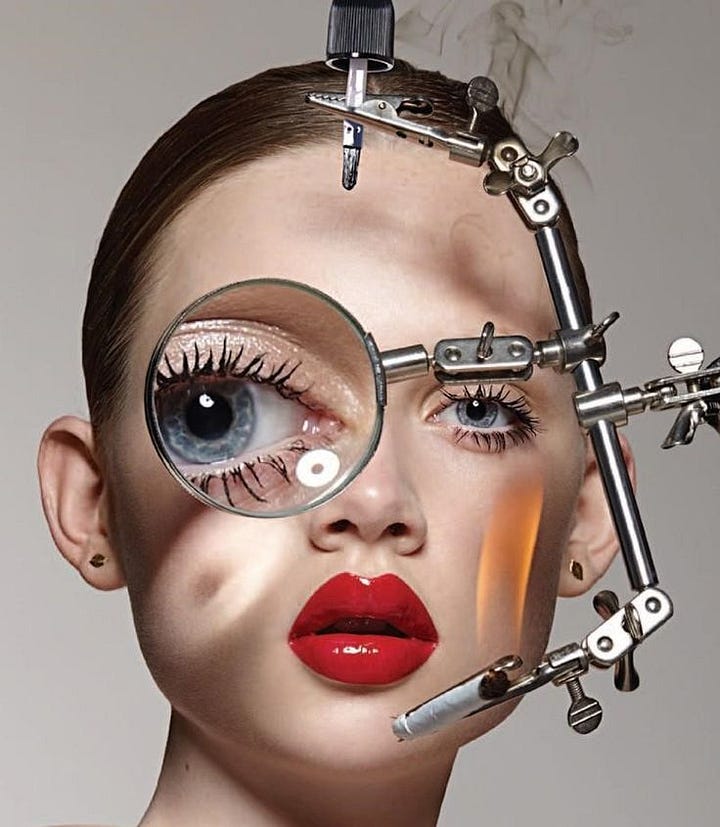
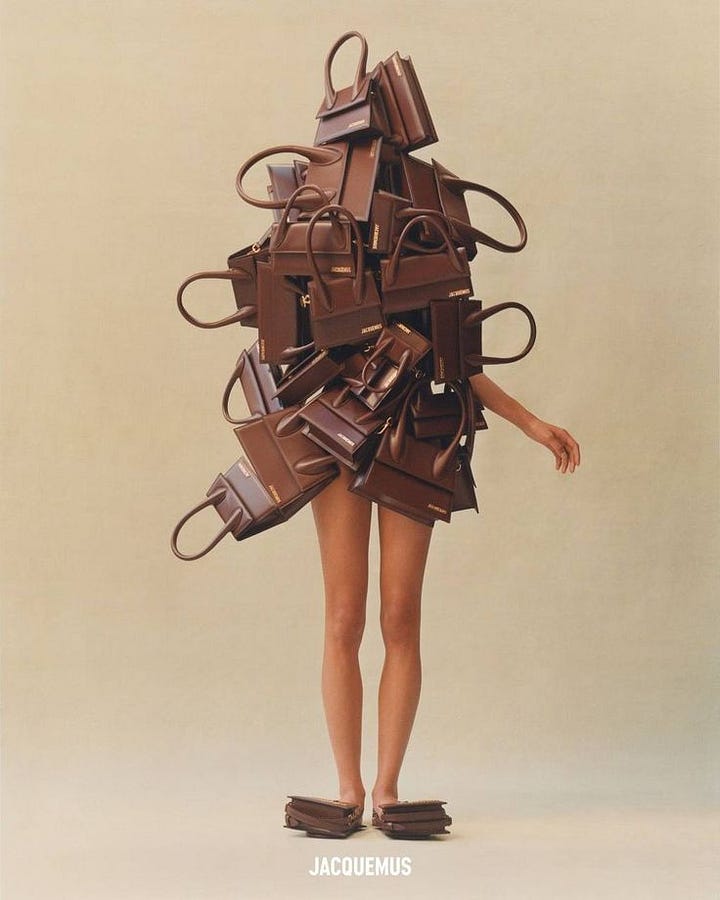

What Holds Weight (and Why)
Not all images age equally. The ones that hold weight: emotionally, culturally, strategically often don’t look groundbreaking at first glance. They’re usually quieter. Rawer. More resistant to pinning down.
There’s a reason people still reference Deborah Turbeville’s decayed softness, or Ari Marcopoulos’s skate photos, or early 2000s Taiwanese street snaps. These images captured something lived: a moment, a texture, a body language that wasn’t hyper-aware of its role as content.
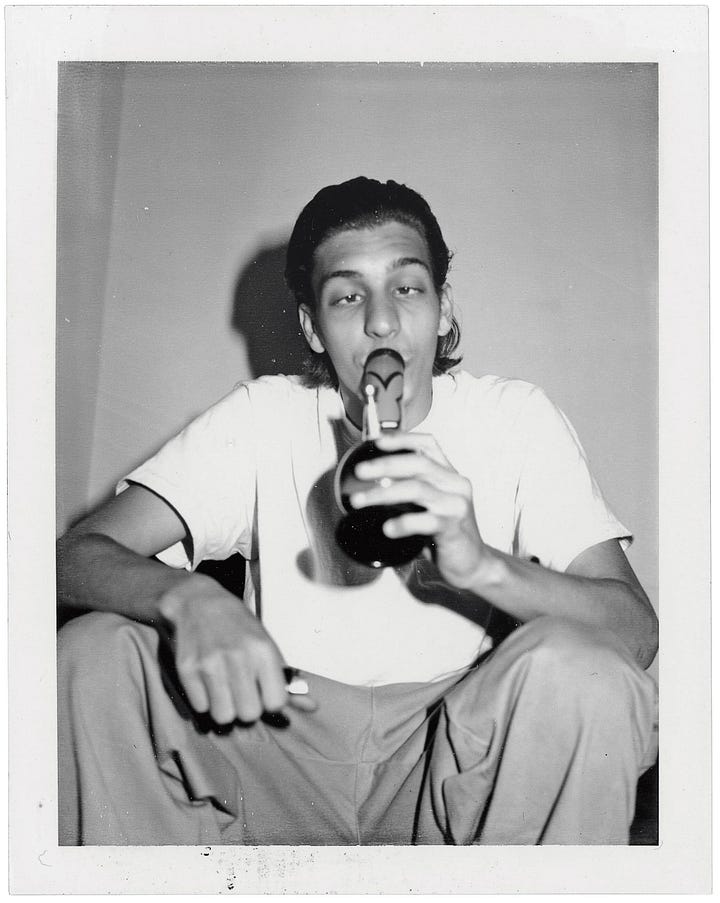
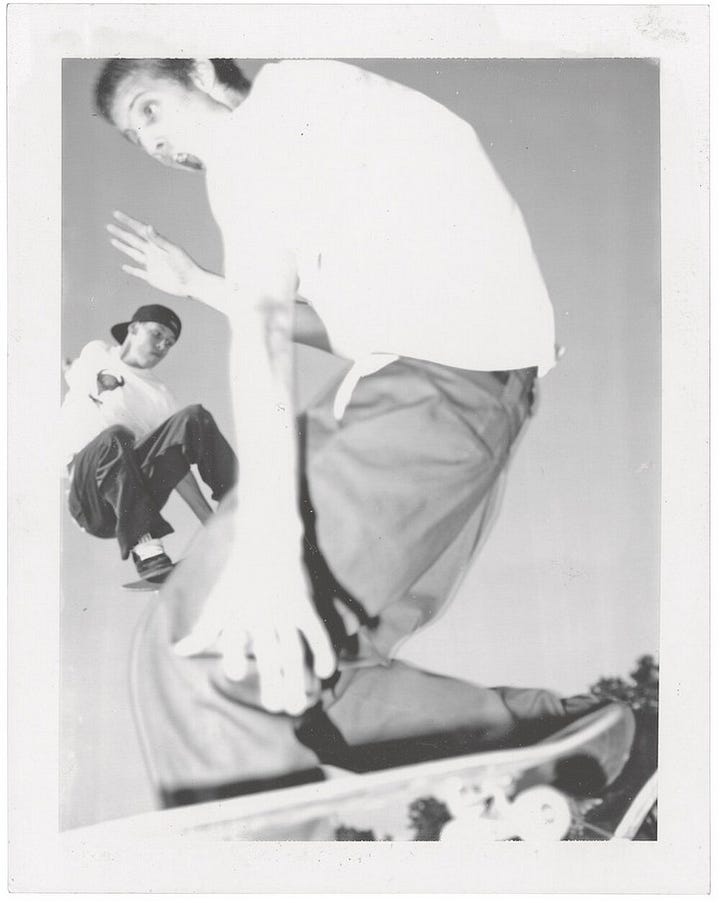
In contrast, much of what circulates today is designed to be saved. It’s made for moodboarding. It answers your needs to quickly due to algorithmic adjustments, that you don’t even take the time to study references critically and ask questions.
A strong archive resists that immediacy. It’s really not just about what looks good. It’s about what stays relevant once you strip away the filters and the styling codes of the moment. And often, that means looking toward process-based images. Contact sheets. Behind-the-scenes documentation. Editorial misfires. Album liner notes. Technical diagrams. Things made for function and image showcase, the in between real moments and the process towards the final perfect image, not aesthetic value.
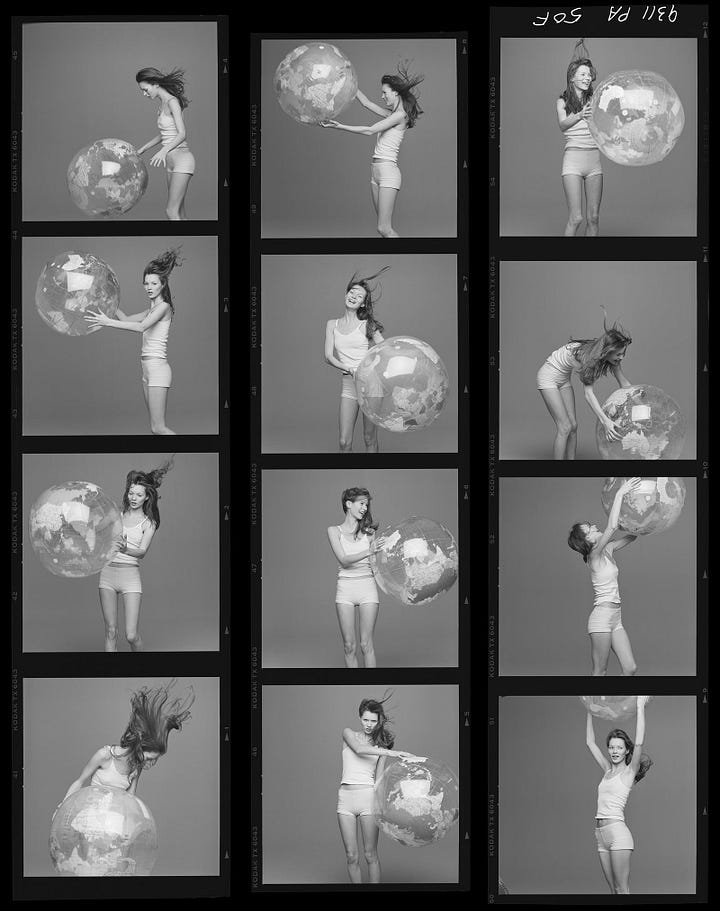

Method Over Moodboard
Archiving today has to be more than collecting cool pictures. It’s a form of authorship. Your archive reflects how you see, what you notice, and what visual logic you’re building across projects.
One method that’s gaining quiet traction is typological archiving, which is grouping images by recurring motifs rather than themes. For example, instead of “runway shots,” you might group by “hands shielding faces,” “low angles with empty sky,” or “objects held between teeth.” These aren’t categories, they’re like specific obsessions. The more specific they get, the more useful they become.
This method mirrors the approach of Wolfgang Tillmans, who often speaks of sequencing images by intuition. It’s also how many stylists and art directors build visual essays, through specific gestures and actions, not by basic genre types like ‘fashion’, ‘set design’.
Another approach comes from the world of cinema. Directors like Lynne Ramsay and Wong Kar-Wai are known to storyboard in fragments: sound references, old magazine scans, postcards from junk stores. Their archives serve as more than a moodboard, they shape the entire tone of what they do.
The best art directors operate the same way. Their archive becomes a subconscious language that shows up in casting, props, angles, and even what gets left out.
What’s Missing (and Why It Matters)
The dominant image culture today is overwhelmingly Western, fashion-centric, and recycled. Countless image libraries have digitised the same twenty photographers, the same ten fashion houses, the same few decades of visual history. Meanwhile, entire visual languages are absent.
Where is the independent magazine culture from South America in the 90s? The zine archives from queer Asian collectives? The studio portraits from Ghanaian town centres? The community flyers from mid-2000s Johannesburg?
Much of this isn’t missing by accident. It was never preserved because it was never deemed valuable. As a result, we keep pulling from the same archive walls and the images that could expand visual vocabulary remain unscanned, uncredited, unseen.
To build a meaningful archive in 2025, you have to go looking where the light hasn’t already been shone. That might mean sourcing from non-digital spaces. Going into libraries. Visiting niche bookstores in other cities. Asking photographers for their outtakes. Learning how to scan.
In a way, archiving becomes a form of excavation.
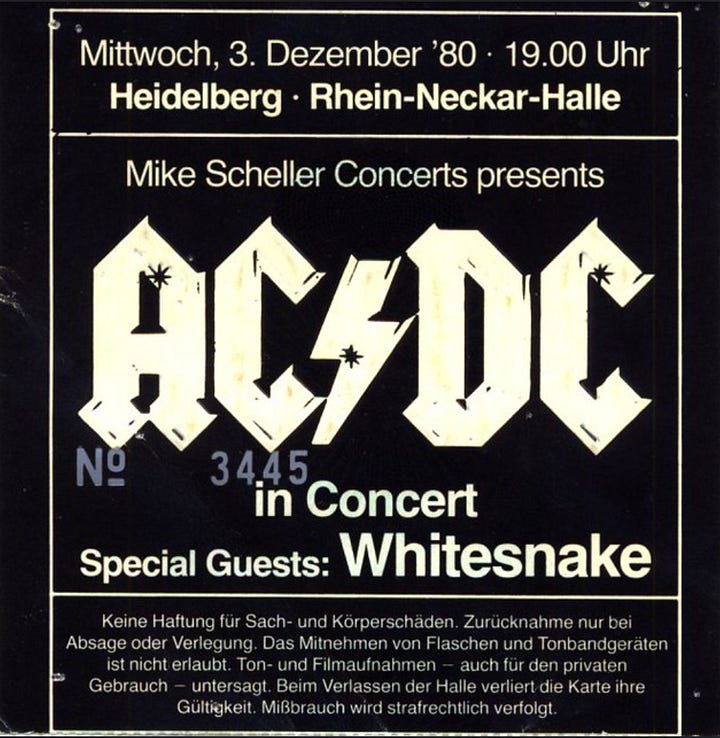

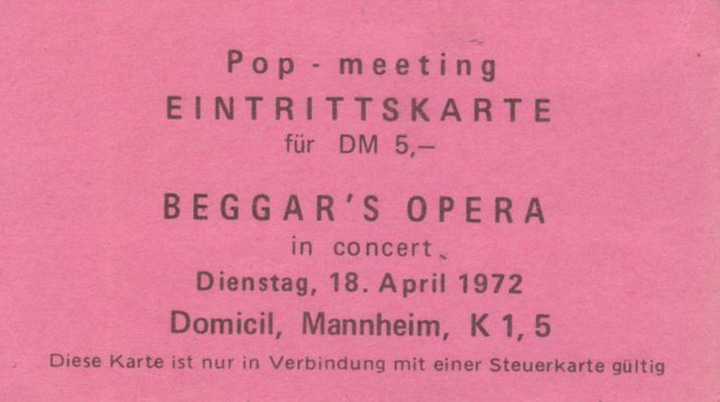
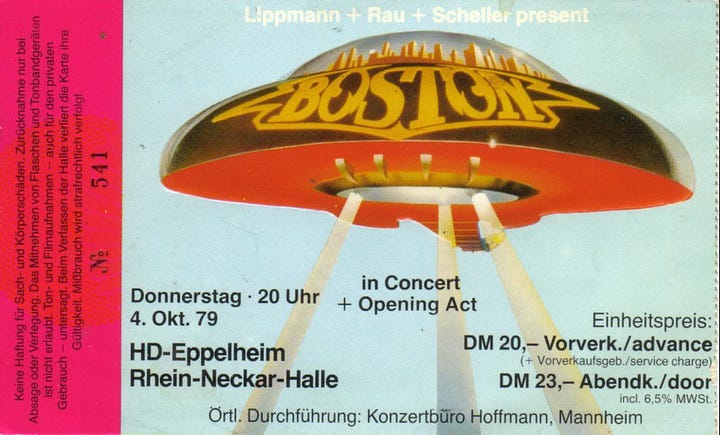
Toward a Living Archive
An archive is ever evolving with you. It should contradict itself. It should hold tension and raw inspiration. The goal is to create a space where your references sharpen over time, let go of the pressure of building an perfectly categorised database online.
That means being willing to delete images that no longer serve you. To track what keeps reappearing. To name the moods you’re drawn to. And to occasionally stop saving and just look longer.
Some of the best image-makers today don’t have bigger archives, but they do have deeper ones. They know why an image lives where it does, and they know when to return to it.
Because ultimately, the real archive isn’t your folder. It’s your eye.
My Approach to Building an Archive
I started researching this topic when I was sick of doing the same thing over. I had worked on multiple projects for similar type of clients and similar briefs and was always looking online, feeling like I had seen every image before and nothing excited me. I found some archives on Flickr and went through magazines and photographed images I liked.
This is exactly what I want to build. I also feel like not everything has to be aesthetic when it comes to a moodboard, a moodboard is an internal document that needs to communicate. If I photograph a reference, I can keep it in my own archive. It really does not have to perform on Pinterest.
I have a 9 week trip coming up to three countries in Asia and a big move coming up to a different country/city early next year. My goal is to collect old magazines, menu’s, stickers, stamps, just anything that inspires me along the way and collect these into a folder. I want to scan these with my scanner and organise them on my laptop. Same counts for textures, local fabrics and photos I take myself. My new year’s goal is to go all in and go out in the world to build my own reference library with images people haven’t seen before.
Let me know if you’re interested in occasional updates on my personal image archive!
Would love to know your approach on finding references and building your image archive. Hope you enjoyed this newsletter and felt somewhat inspired to find unique images, there are so many that are unseen to the eye!
Love,
Zoe




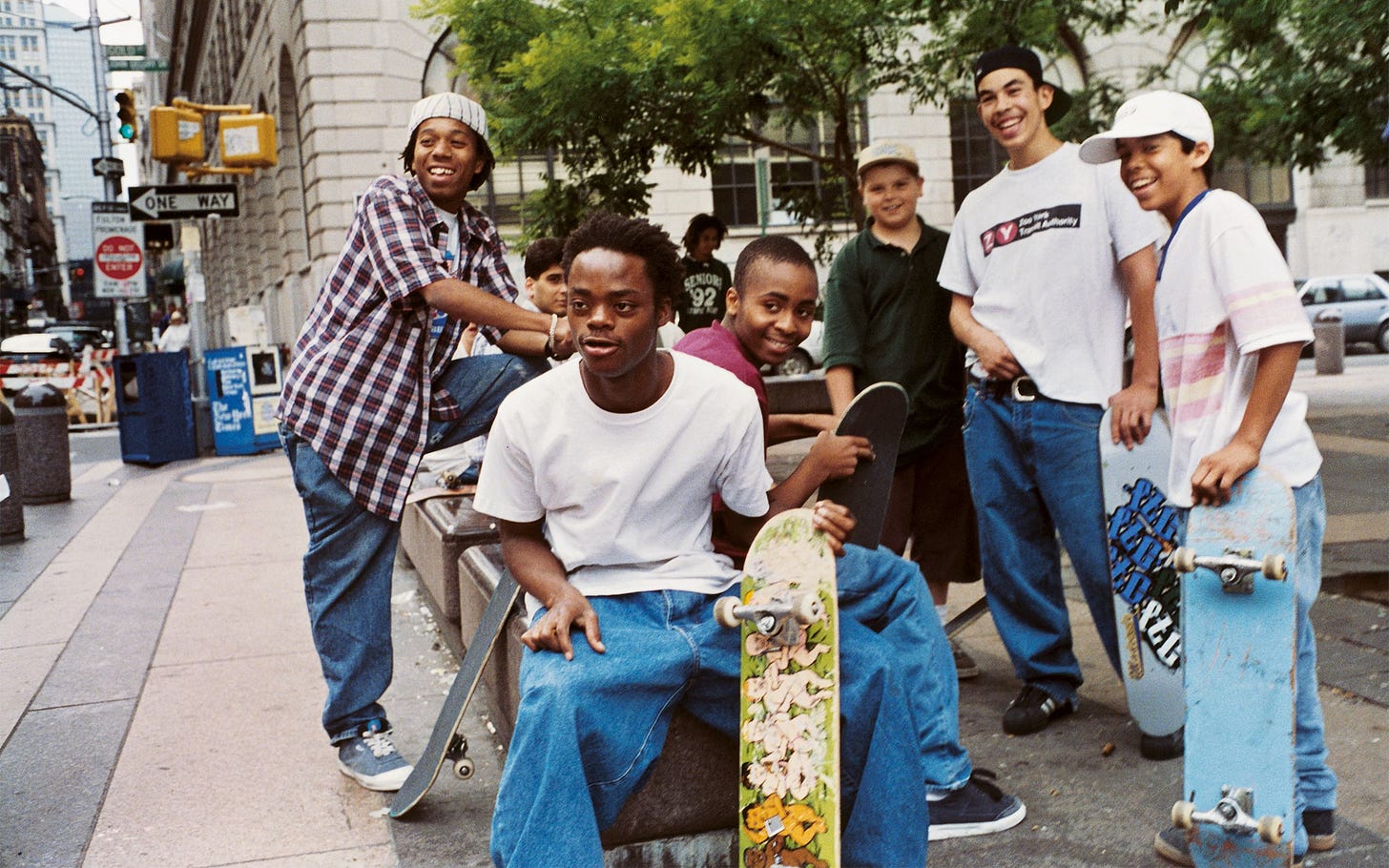
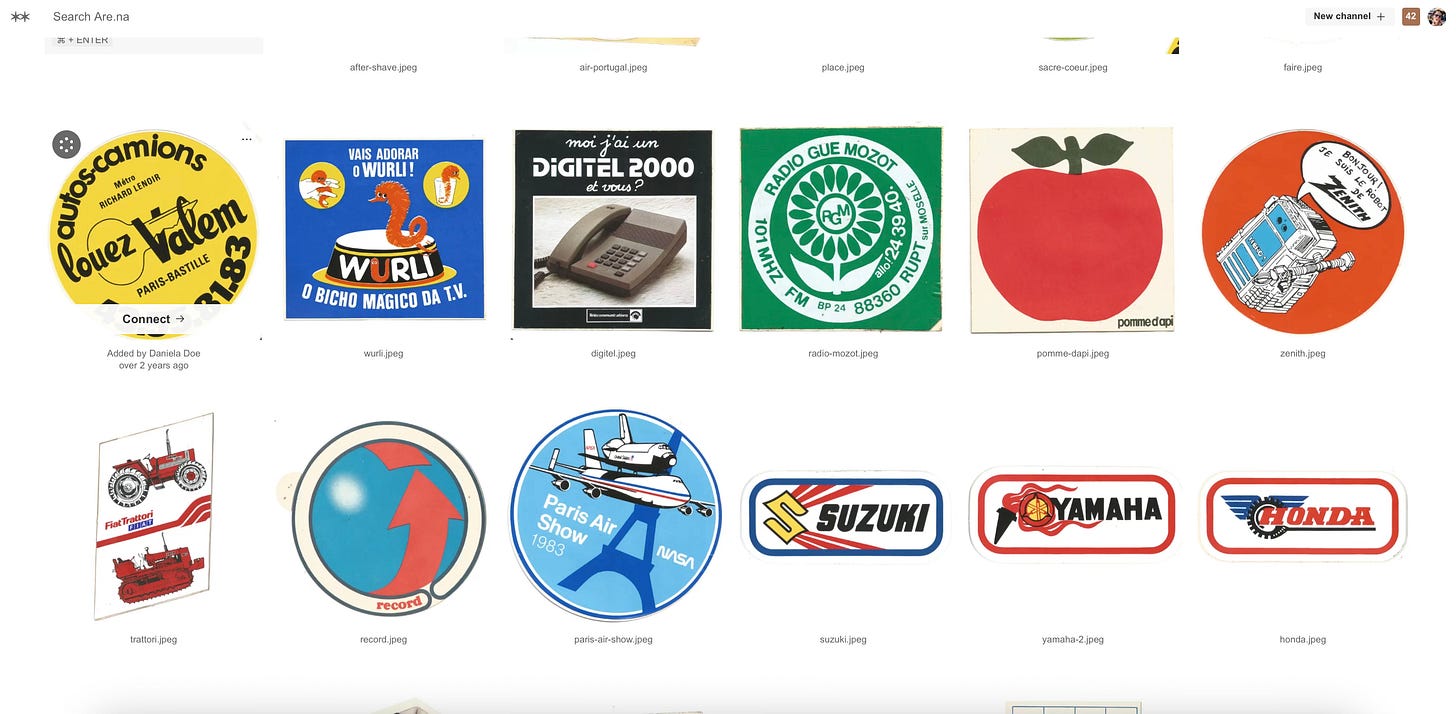


So good. You bet I'm keen to get updates on your world of scans, snaps and scribbles. Yes please!
Such a great idea, will def do this!